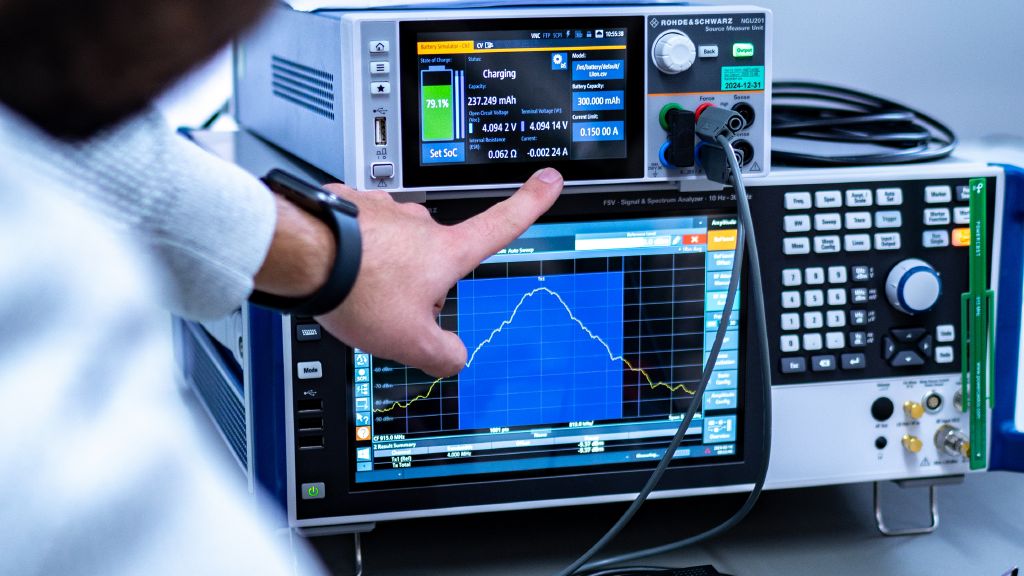RF wireless power
Powering low power devices with RF energy
The number of wireless communication devices is increasing every year, with over 24 billion expected by 2030. These devices are continuously evolving in capability, yet the methods used to power them remain conventional. Currently, devices must either:
- Be regularly charged with a cable
- Have their batteries replaced
- Be placed on a charging pad
All three of these methods require regular maintenance, which can be cumbersome and costly for applications with a large number of devices or with devices that are difficult to locate or access.
A promising solution to this challenge is radio frequency (RF) wireless power transfer. While RF signals have traditionally been used only for data transmission, they can also transfer energy over the air. A device with RF power transfer capabilities can convert RF signals into a direct current (DC) signal to power its circuitry.
RF wireless powering is particularly relevant for applications that involve a large number of low power wireless devices. Examples of such applications include:
- Sensors in smart buildings and autonomous vehicles
- Electronic shelf labels
- Inventory tags for tracking items
- Low power internet of things (IoT) devices that may be used in production lines or retail settings
With RF wireless power transfer, these devices can be powered while in use and in motion, without the need for manual intervention. This technology significantly reduces the need for energy maintenance, enhancing efficiency and reducing costs.
How does RF wireless power transfer work?
A device can be powered by RF signals through a rectenna, a combination of an antenna and a rectifier. The antenna captures the RF signal, and the rectifier converts the RF signal to a direct current (DC) signal. This DC energy can then be used to directly power the device or stored in a battery or supercapacitor for future use.








